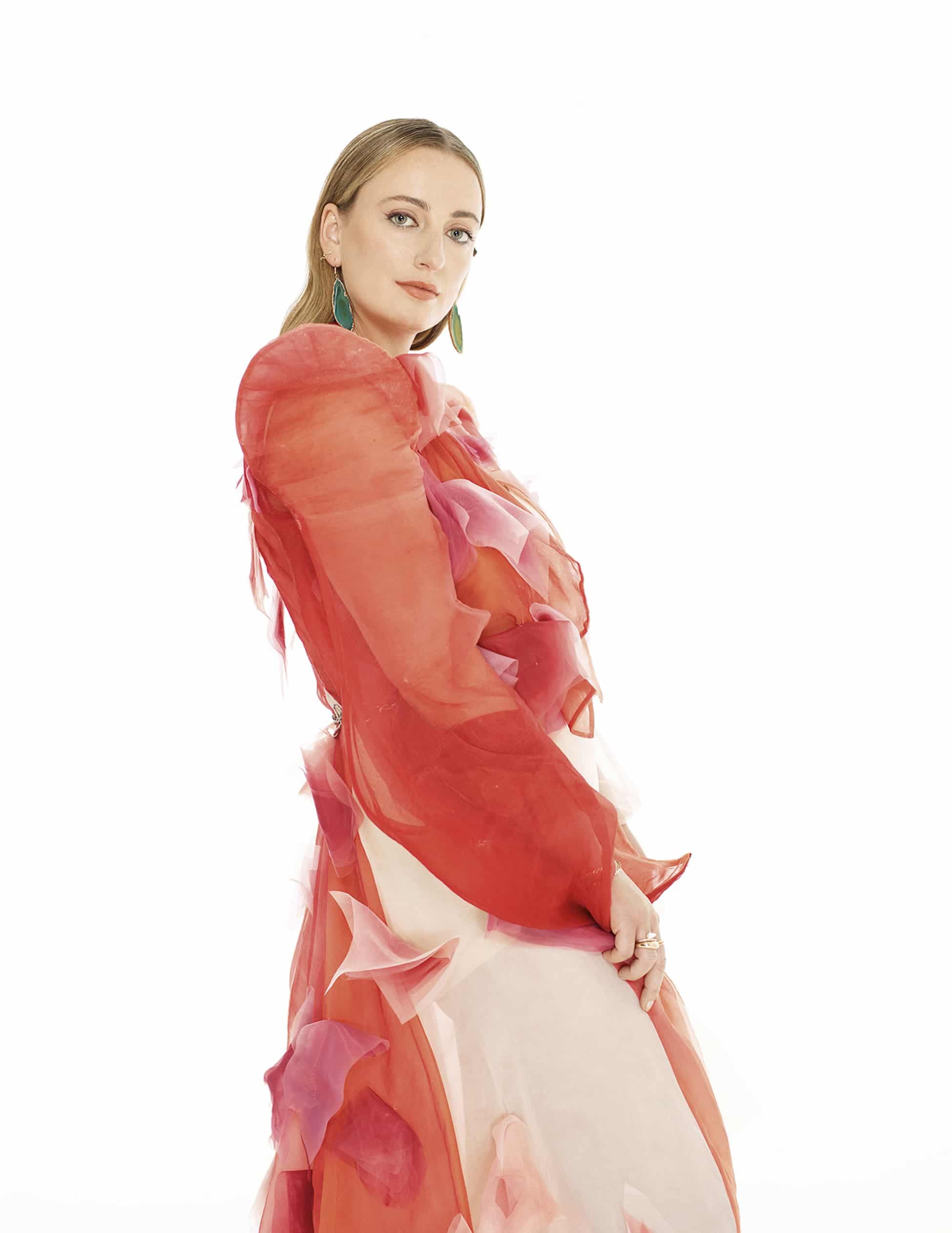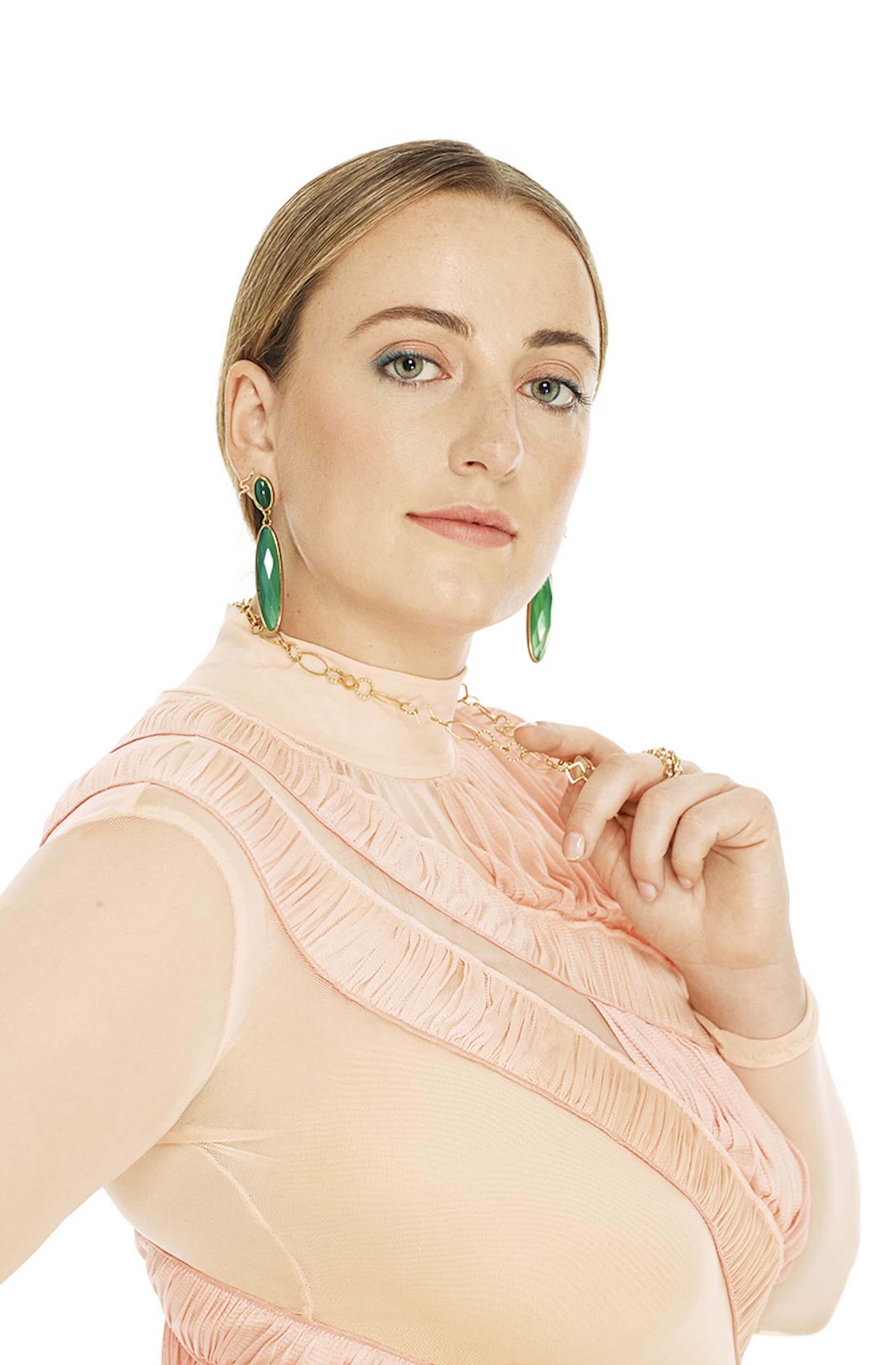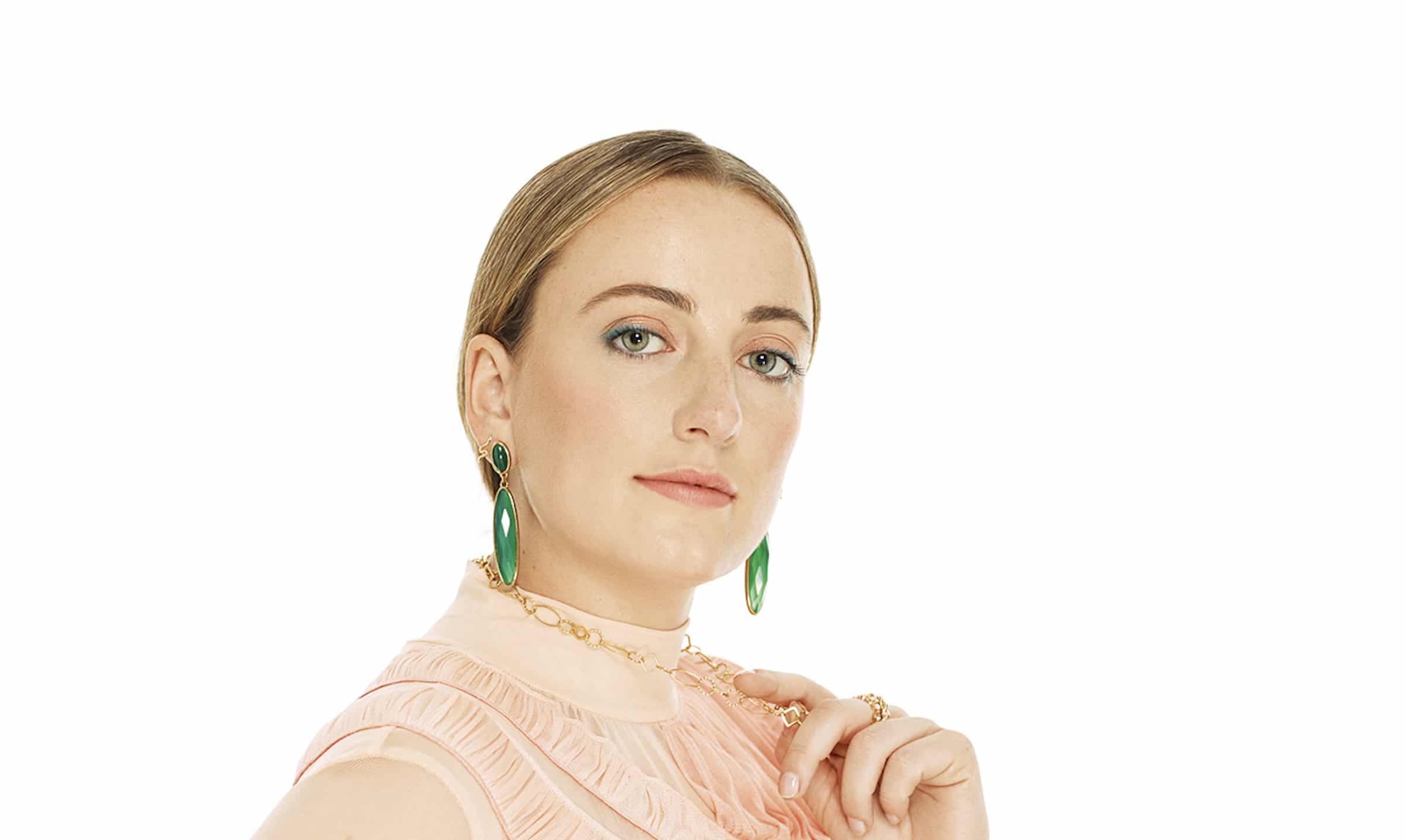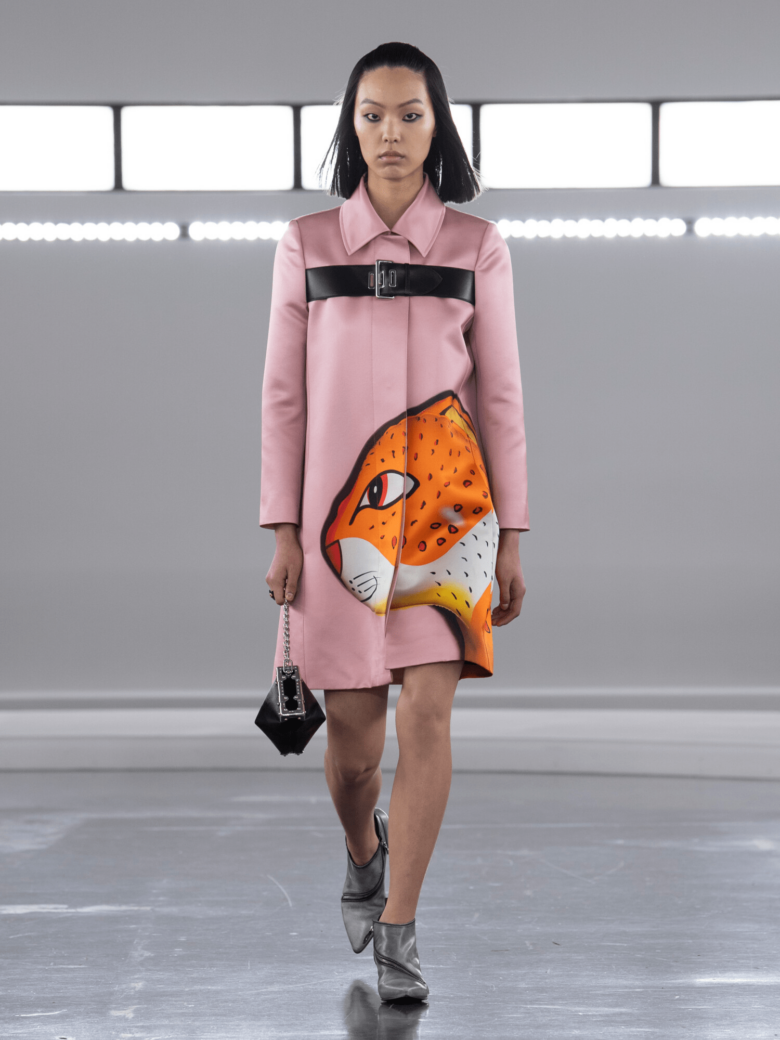“Is it possible that a T-shirt can be made in a sustainable way for £3?” Jemma Finch asks me over Zoom. “What does that even mean? For us at Stories Behind Things, it’s really about sparking that curiosity and giving people the confidence to ask brands questions, or even to ask themselves questions, like, ‘Why am I consuming these things?’ and the wider questions of where things come from.” After leaving university two years ago, Finch founded Stories Behind Things – a platform that champions sustainable brands, illuminates ideas for a greener future and nurtures a community of like-minded people who all want the same thing: to think more deeply about what we buy and why we buy it.
With an Instagram following that has grown exponentially in those two years, Stories Behind Things combines a digital shop that showcases some of the best sustainable products from brands that are leading the way and articles that explore new innovations and support zero-waste restaurants and more – all for people who are wanting to make a positive mark on the world.
It started as an outlet for Finch to begin to reconnect with consumption – an opportunity to look at products and objects beyond their face value. At first she was explaining to her growing audience why she liked to use the same mug for her coffee every day, or talking about the reasons behind buying a dress. But now Stories Behind Things has become so much more. Not only does the platform have its own direct impact on the environment through its (pre-Covid) clothing exchanges using recycled deadstock from brands, but through championing inquisitiveness. Stories Behind Things incites individual activism and shows its followers the power that each of them has to effect real change in the world.

Fresh from graduating, Finch stepped into the world troubled by the trajectory of the fashion industry, and by the growing sense of futility among individuals who were concerned they were having no impact on halting the global environment crisis. “I left university feeling really disconnected from fast fashion and throwaway culture,” she says. “And for mental health reasons I wanted to start a page that would really reconnect me back to the story behind what we consume on a daily basis. I left university and came into the normal world and was hit by this overconsumption that I was seeing everywhere.”
And she wasn’t wrong to feel that way. Greenpeace reports that about 300,000 tonnes of used clothes are burnt or buried in landfill each year. Not only that, but less than one per cent of clothing is recycled and the rest goes to waste. In 2019, The New York Times found that the process of making the clothes we wear (or don’t get round to wearing) directly pollutes both water and land. And then there’s the human aspect too: brands not paying their workers a living wage or imposing inhumane working conditions, or companies violating workers’ rights. With the flood of information and statistics, it’s easy to become overwhelmed and feel like you’re drowning in the existential questions surrounding our efforts to help save the planet, especially when companies appear to just not care. But that’s why Finch knew she had to create a space to promote positivity and optimism, and where we could show our individual strength.

“We see really scary [scenes] on the news every day – flooding left, right and centre, really terrifying weather patterns, as we’ve seen over the past couple of weeks, just as a small example. And it’s really easy to almost numb yourself to that and just think that that’s normal,” she says. “We are not going to be throwing around statistics unless we have actionable points that individuals can take. We never want to leave people feeling high and dry. We want to give them the tools and equip them to go through life feeling that they actually can make a difference.”
Through social media and by spreading information, Stories Behind Things is harnessing the power of curiosity and demanding answers from industry leaders. Asking questions of our everyday lives means that we can each play a part in understanding what we need to do in order to have an impact, however big or small that may be. And while some climate activism might have gained a bad rap over recent years, with many people thinking that lifestyle changes are only suited to those who can afford it, Stories Behind Things is debunking the myth that only the most privileged people are in a position to adopt a more sustainable way of living. “[Activism] can take many forms and I think it’s a really important message to push, especially at a time like this,” she says.
It’s not all doom and gloom, and Finch wants us to know that. Stories Behind Things recently reported that 87 per cent of Londoners are motivated to tackle climate change. The rapid growth of Finch’s platform alone shows that there are thousands of people wanting to play their part, which proves that the fight to save our planet is far from futile. “I think we’re seeing so many brands come out of the woodwork, we’re seeing so many brands having sustainability at the core of what they do,” she concludes. “Through the events we do on and offline, I’ve seen such an increased feeling of hope and excitement for the future, with new people coming together.”
This story is taken from our Taking Back Control issue. Order your copy here.


